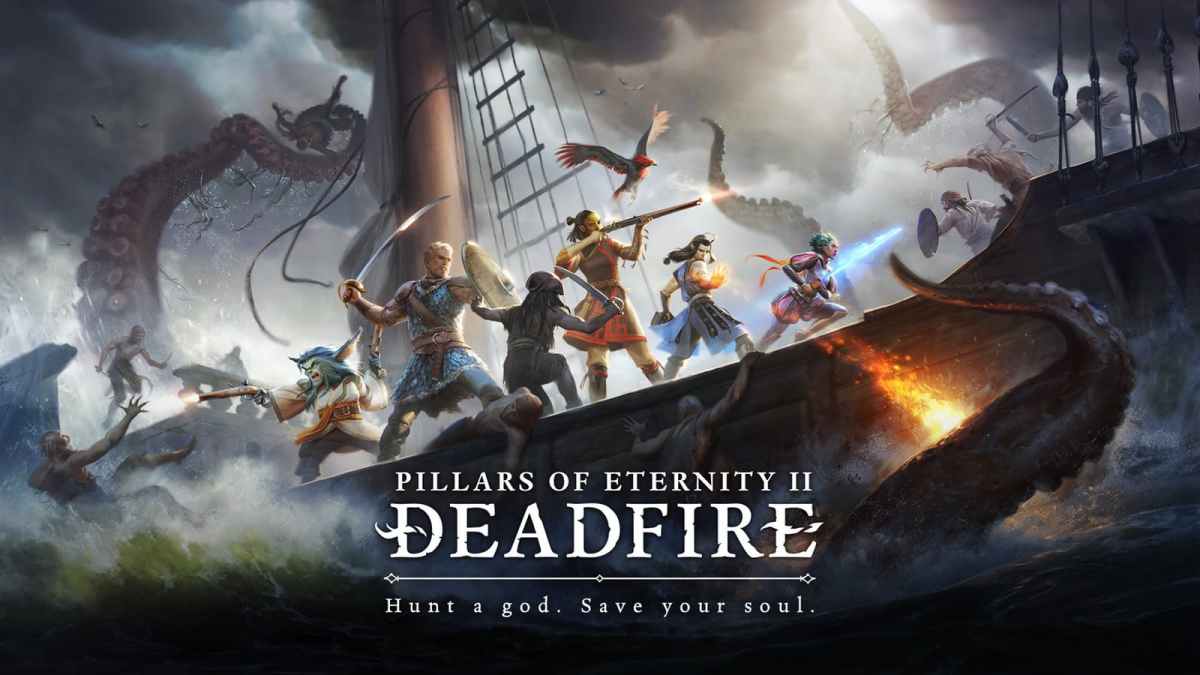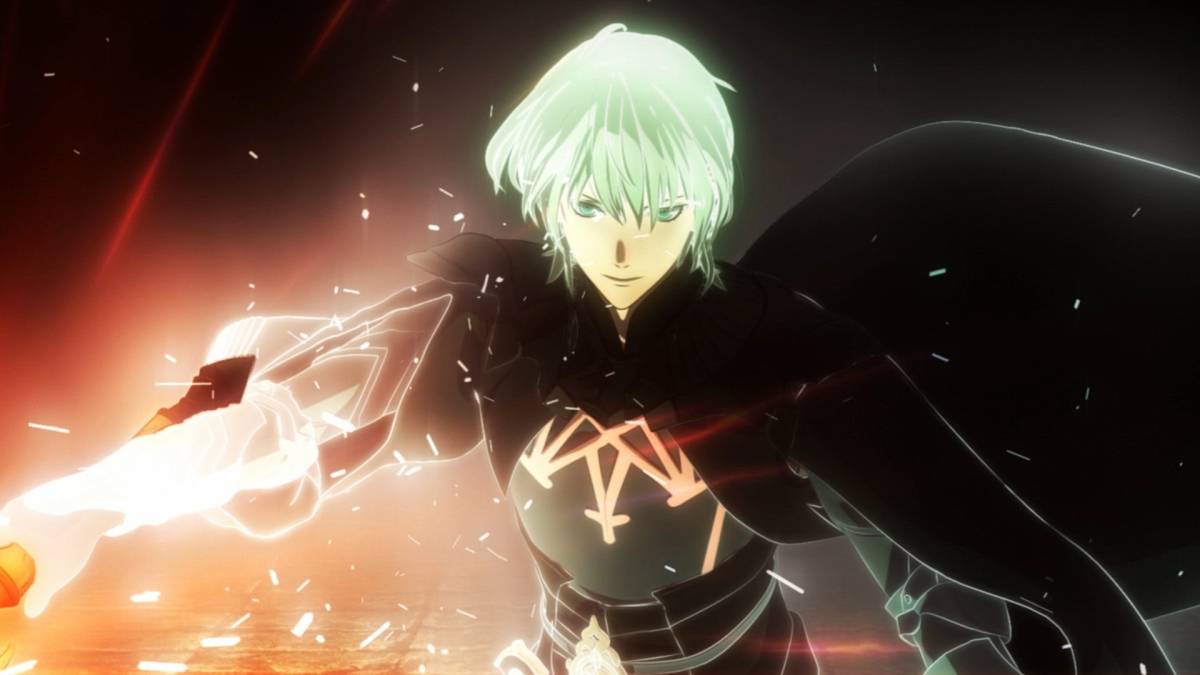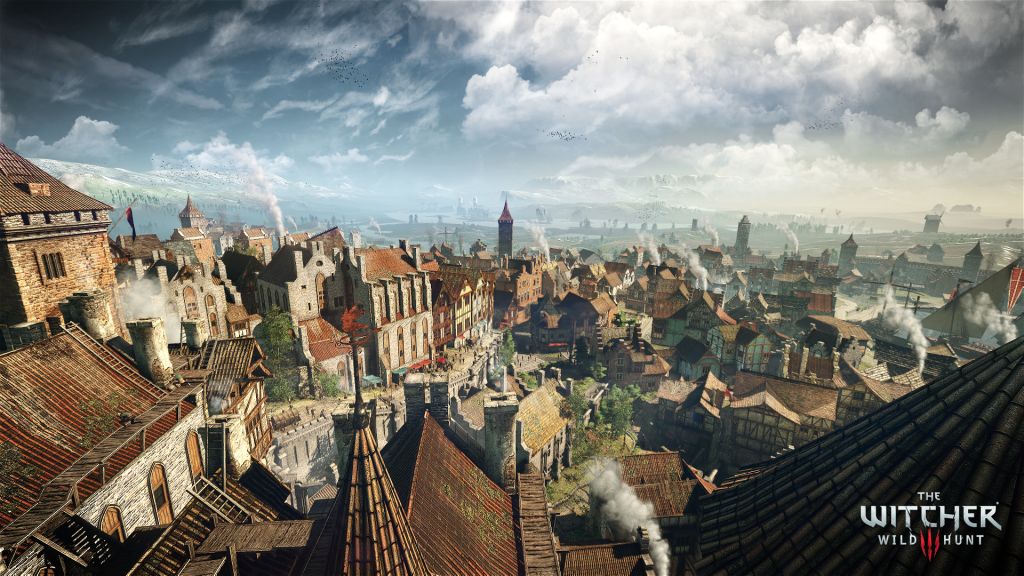This is part 2 of my worldbuilding series. You can find part 1 here.
I used to dream that when my god came back, he would forgive us [of our betrayal]. That’s the trouble with dreams… Sooner or later, we all have to wake up.
Pillars of Eternity
In my last blog post, I discussed the profound positive implications of meticulous world-building. In the works of J.R.R. Tolkien, the crafting of the world of Middle Earth was beautiful and epic, leading to a character story in that very world that reflected its beauty. Over the course of decades, Tolkien developed languages, lore, and history that must have taken immense amounts of effort on his part.
But there is a dark side to world-building and its implications are murky. You see, world-building intricacies can become convoluted and narrative facts can contort into confusion. Sometimes lore can become a burden to the writer and language an impediment to the viewer at hand. World-building infrastructure can become compromised, leading to the destruction of the greater story superstructure. Such is a nightmare scenario that every creator dreads sooner or later!
As vast and impressive as the Lord of the Rings series is, it is still just a linear narrative composed of a series of books charting an established timeline. More modern fantasy writers have advanced to different mediums, ranging from role-playing board games to interactive video games. Such stories take on a dynamic nature, rejecting a static narrative in favor of a “choose your own adventure” type format.
Often times role-playing video games are at the vanguard of story and innovation, challenging the creators and players alike. Many have gone so far as to create “limited” fantasy world simulations, featuring immersive depth that Tolkien could never have achieved by his lonesome. Armies of developers comprised of designers, writers, engineers, and artists have sought to create experiential world-building on scales that can hardly be fathomed. Josh Sawyer is one such designer who has seen the abyss.
I talk with and visit a lot of teams at other companies, and there are some high profile developers I’ve visited where their [game] design process is less of a process and more of an… experiment that goes on for 3-5 years. Sometimes the cost of this is just time, which is money. Sometimes the cost is polish. Sometimes the cost is burning out half a generation of young developers. Sometimes it’s all of these things.
Josh Sawyer, Obsidian Entertainment
Sawyer is a lead designer for the Pillars of Eternity (i.e. “Pillars”) franchise, which has produced two games and has a spinoff on the way. The world of Pillars is incredibly meticulous and astoundingly interesting. Set in a fantastical Renaissance-like era of a perpetually reincarnated society, the first two games follow a player-created character known as the Watcher. This so-called Watcher has power over human spirits and has drawn the attention of a whole pantheon of gods, many of which are extremely active in the world in which they reside.
Every player’s unique Watcher character will travel about the lands, interacting with all manner of characters, monsters, and factions. While these aspects are not unique to many role-playing video games, Pillars has grander ambitions. You see, it has a conversation and reputation system that puts most games to shame. The protagonist’s dialogue can take many different forms under a whole variety of circumstances, leading to wildly differing interactions throughout the entire game. Below is just one part of this greater system.
- Conversational dispositions featured in the player-driven narrative (according to the Pillars of Eternity Wiki):
- Aggressive – Hot-headed, bold, or impatient.
- Benevolent – Charitable, kind, soft, or weak.
- Clever – Sarcastic, sassy, foppish, or irreverent.
- Cruel – Merciless, sadistic, brutal, or imperious.
- Shady – Dishonest, manipulative, or shrewd.
- Diplomatic – Cautious, tame, or courteous.
- Honest – Guileless, sincere, or straightforward.
- Passionate – Zealous, romantic, or obsessive.
- Rational – Practical, standoffish, or cold.
- Stoic – Tight-lipped, cool-headed, or simple-minded.
What’s incredible about this system is that it is only a starting point! Choosing to be clever or stoic is never solidly positive or negative, as it is largely dependent upon who you talking to. While behaving in a passionate manner might draw praise from your companions, it could also infuriate the merchant you are attempting to do a deal with. Continue on this course and an entire city (if not country) may learn that you are a hothead, creating a reputation that continues to build upon itself.
Working with certain entities will immediately put you at odds with other factions, many of which have loaned personnel to you. Manning a ship and selling the high seas becomes complicated when your crewmembers might not agree with your decisions and are plotting a mutiny. By the time you reach the end game, every conversation and action you execute can be massively perilous, fortuitous, or both.
As I mentioned before, however, all of this incredible world-building can come at a great convoluted cost! Josh Sawyer himself admitted that the making of Pillars of Eternity II was the most exhausting project he ever undertook, leading to burnout for him and the staff. Many critics found issues with the complex relationship system, citing faults in its advanced simulations of characters and their motivations.
The team at Obsidian utilized every formula and computation at their disposal, but there is only so much they could have done in the mathematical execution of an organic narrative-driven world. Ballistics and light physics can now be powered by game engines, but they are easy ventures compared to literally calculating pathos. Next time, we will examine how world-building can interactively fit a viewer!









